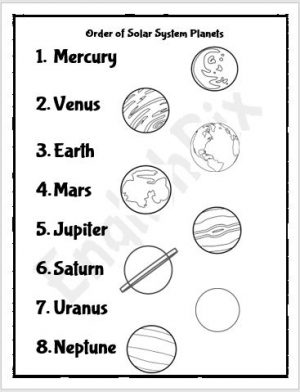

How long is a Neptune year? Answer: 164 Earth years They will take all the vocabulary and facts they learned about the solar system and apply their knowledge as they create a new planet.What makes Uranus unique? Answer: Its axis of rotation is tilted sideways. Have you ever counted the twinkling stars Do the changing phases of the Moon fascinate you Get the little astronomers of grade 1 through grade 5 ready to.How many moons does Saturn have? Answer: 62.What two gases comprise most of Jupiter? Answer: Hydrogen and Helium.

Name the largest mountain on Mars: Answer: Olympus Mons (It’s also the largest mountain on any planet in the solar system.) Solar cells are also called photovoltaic cells.Why is Earth able to sustain life? Answer: Because temperatures are moderate enough to retain a water supply.How hot does temperature get on Venus? Answer: Up to 497 degrees Celsius.

Ouch Asteroids and comets often hit this. Mercury is the closest planet to the sun.


 0 kommentar(er)
0 kommentar(er)
